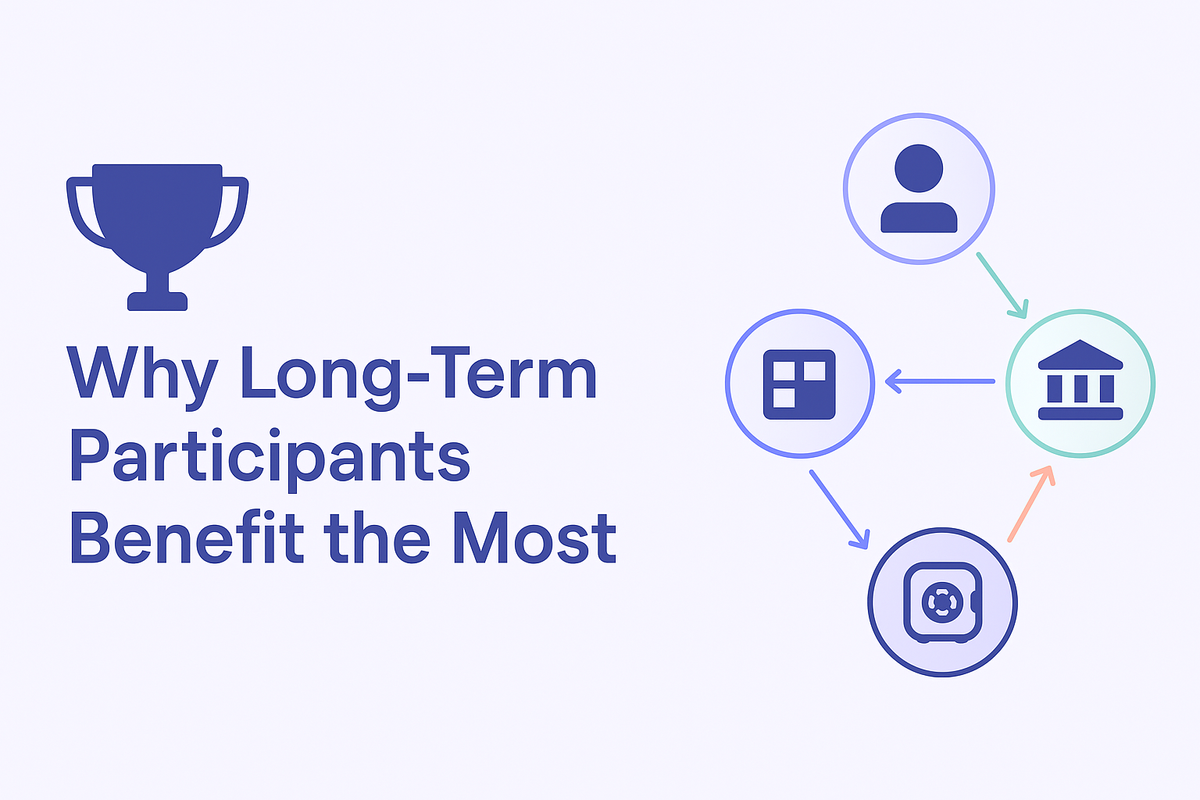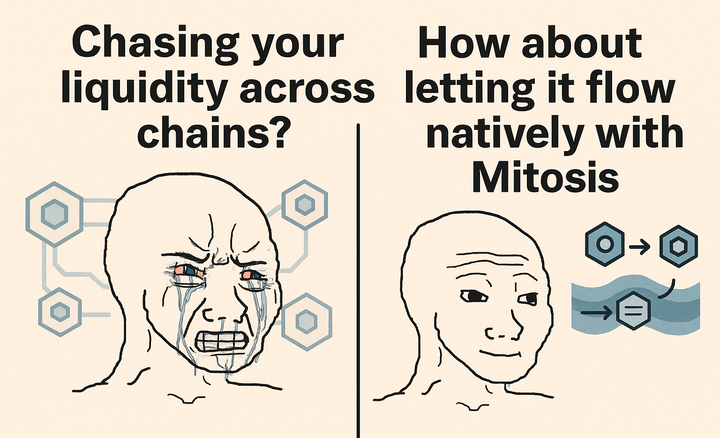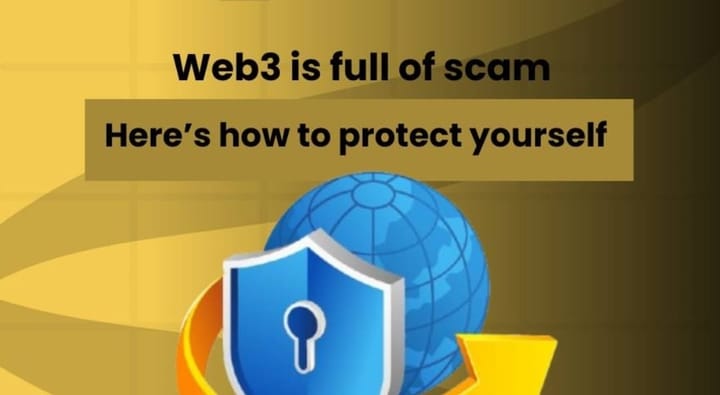🧬 Why Long-Term Participants Benefit the Most: DNA and the Aligned Mitosis Flywheel

In most blockchain ecosystems, short-term thinking dominates. Users jump from one APY to another, validators operate in isolation, dApp developers face unstable funding, and liquidity providers lack influence. These fragmented incentives create fragile systems that struggle to maintain momentum.
The Mitosis DNA Program flips this model on its head. By aligning the interests of users, validators, developers, and vaults over time, Mitosis rewards long-term participation and builds a shared flywheel for sustainable growth.
🔄 The Mitosis DNA Flywheel: Coordinated Value Across Roles
The DNA Program is structured to reward participants based on contribution, consistency, and time-aligned behavior. Through a three-token system — MITO, gMITO, and LMITO — the protocol separates utility, governance, and reward functions, creating healthy tension between short-term utility and long-term influence.
Every role contributes to, and benefits from, others:
- Users gain access to yield and governance power, benefiting from dApps and validators they support.
- Validators receive gMITO, influence reward flows, and secure high-value dApps.
- dApps earn incentives based on MITO utility and governance votes.
- Vaults receive rewards to attract liquidity and fund the broader ecosystem.
This interconnected structure forms a flywheel where:
- 👤 Users provide liquidity, interact with dApps, and stake MITO.
- 🧬 Users earn LMITO (locked MITO) and convert it faster by participating in governance.
- 🗳️ gMITO holders vote on vaults and dApps, influencing emissions.
- 📊 Vaults and dApps grow based on those votes, increasing network value.
- 🔁 Growth leads to more user activity, restarting the cycle.
The longer someone participates, the deeper their alignment and the stronger their rewards.

🧱 Why Long-Term Participants Win
The DNA system favors those who commit:
📈 Time-Weighted Governance
- gMITO represents time-locked MITO staked to validators.
- It is non-transferable, preventing manipulation and rewarding consistency.
- More time = more influence.
🔓 Accelerated Unlocking
- LMITO unlocks gradually.
- Participation in governance accelerates unlock speed.
- Long-term users can access usable MITO faster than passive actors.
🗳️ Strategic Control
Long-term participants direct capital and influence:
- Fee distributions
- dApp incentive allocations
- Vault reward structures
- Custom protocol parameters
See Governance Control for details on voting power.
🛡️ Ecosystem Influence
- Validators with long-standing service gain trust and more delegation.
- dApps with consistent MITO usage rise in reward priority.
- Vault builders maintain key roles in liquidity and governance processes.
🔧 Built-In Resilience: Why It Outlasts Other Models
Most incentive systems decay due to formula rigidity or governance exploits. Mitosis avoids this by:
- ⚖️ Combining objective and subjective distribution (Max Pool + Vote Pool)
- 🔐 Using non-transferable gMITO to prevent vote-buying and Sybil attacks
- 📊 Allowing adaptive parameter setting via governance
- 🧱 Gradually decentralizing with phased rollout
This system doesn’t just reward capital — it rewards commitment.
🧠 Conclusion
In the Mitosis DNA Program, every role strengthens the others. It’s a mutual reinforcement loop that grows with time. For users, developers, validators, and vault builders, the message is clear:
✅ Stay long.
✅ Participate often.
✅ Shape the protocol.
By aligning value creation with long-term incentives, Mitosis builds a truly sustainable, programmable liquidity ecosystem.
📚 Explore docs.mitosis.org for deeper details
💬 Join the Mitosis Discord to participate in governance and earn rewards
🐦 Follow Mitosis on X for real-time updates and insights



Comments ()